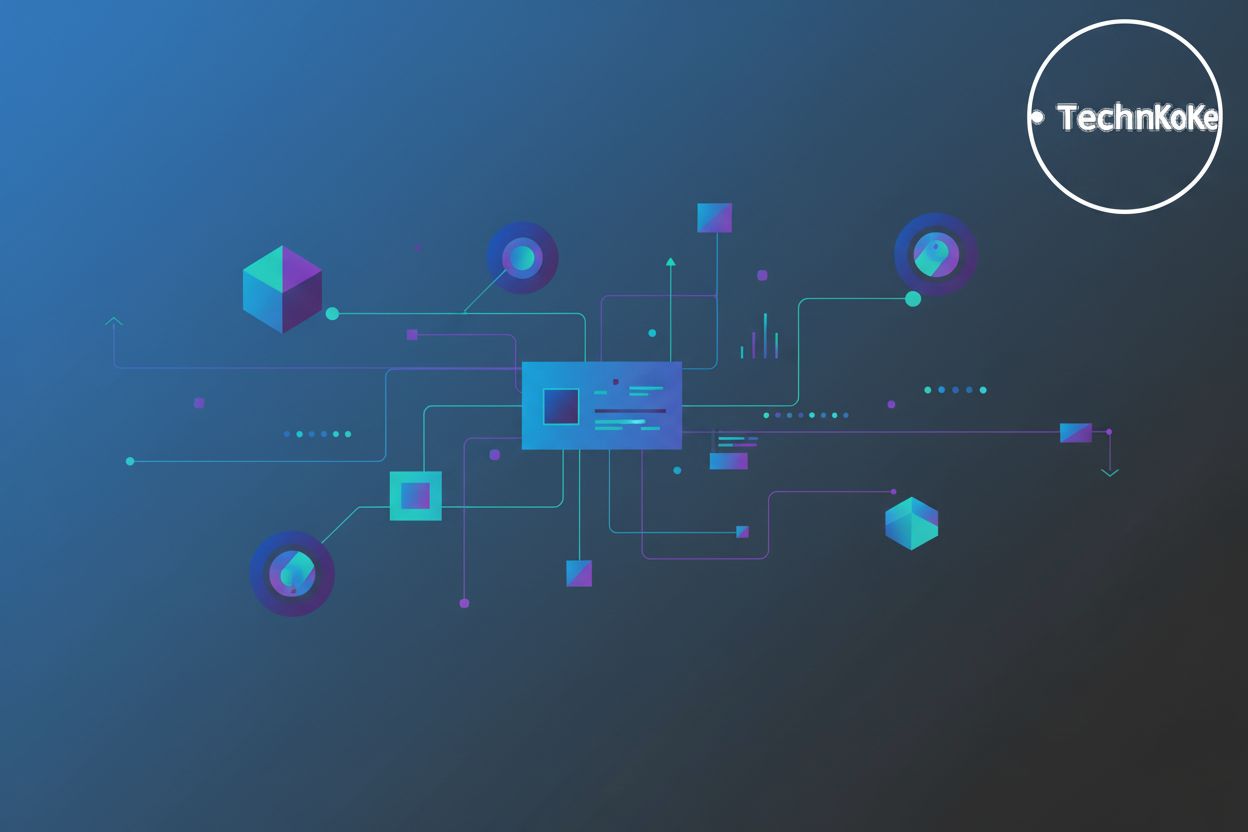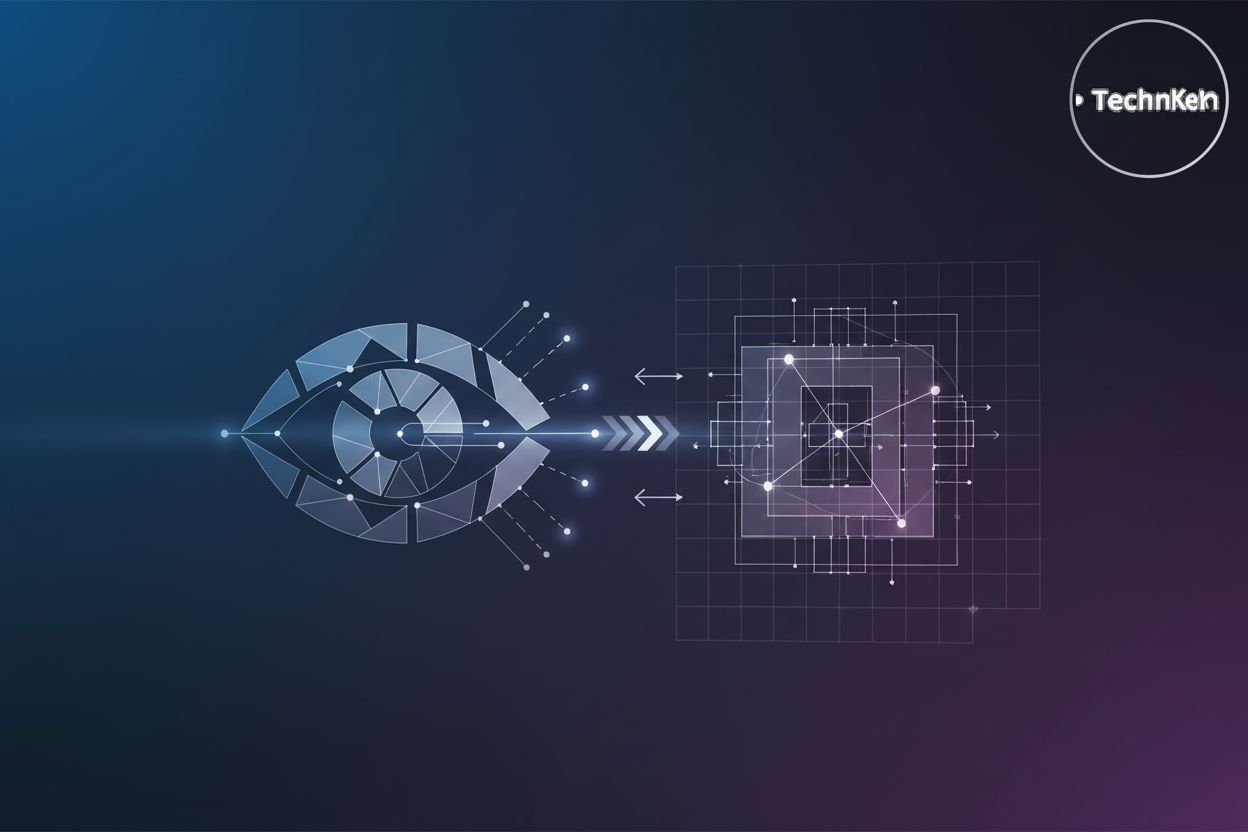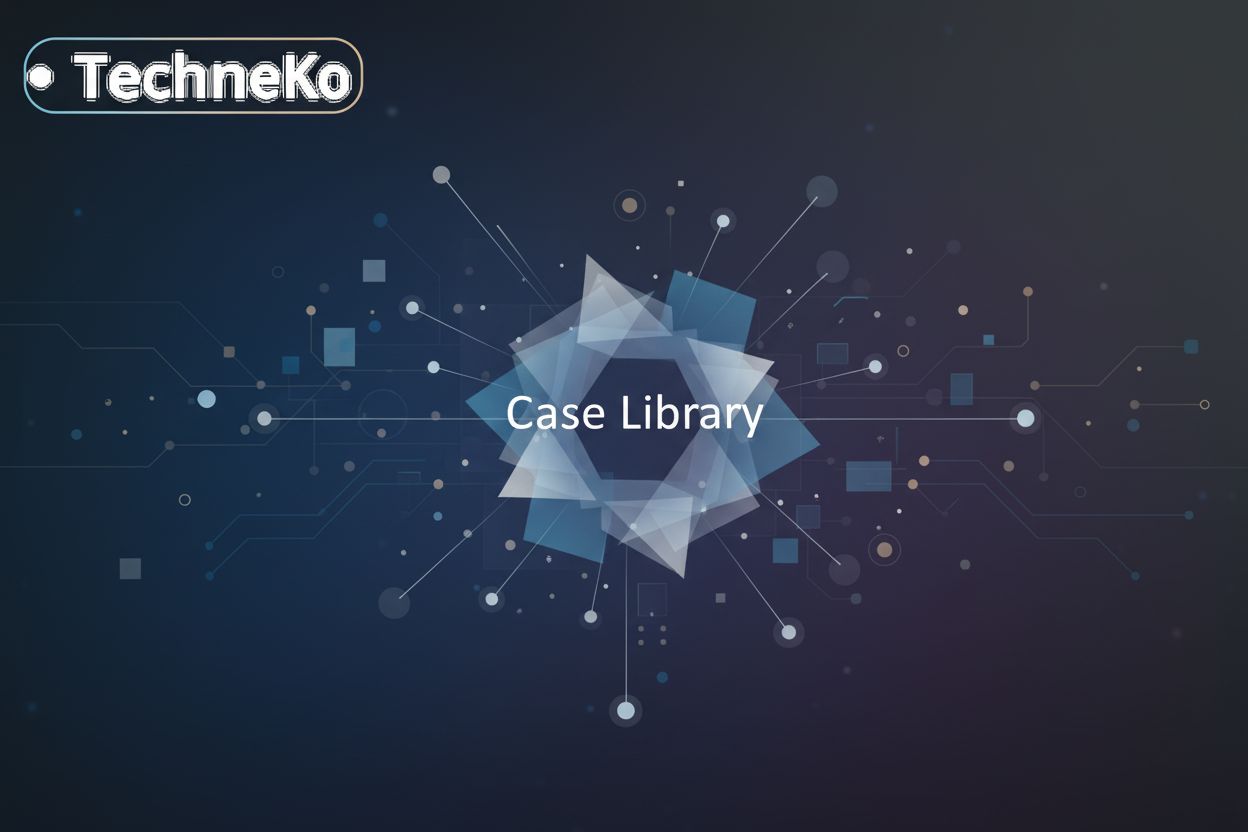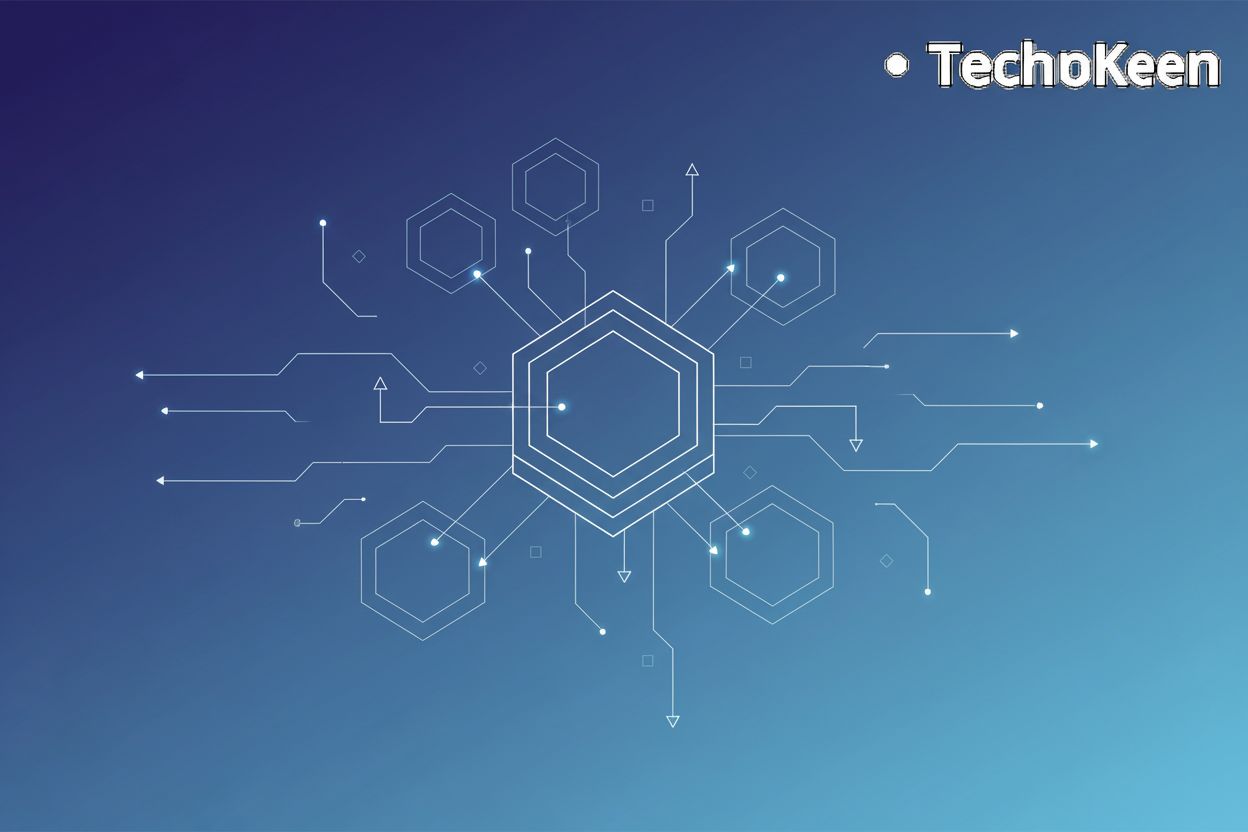Practical Exploration of Case-Based Reasoning in AI Development
TL;DR
Understanding Case-Based Reasoning (CBR) in AI
Okay, let's dive into understanding Case-Based Reasoning (CBR) in ai – and no, it's not about cracking cold cases like on tv.
- At its heart, Case-Based Reasoning is the process of solving new problems by looking at solutions from similar past cases. Think of it as ai drawing on experience. It’s especially useful when dealing with messy, real-world situations where hard-and-fast rules don't always apply.
- The four R's – Retrieve, Reuse, Revise, and Retain – are the backbone of CBR. As noted in "A practical exploration of the convergence of Case-Based Reasoning and Explainable Artificial Intelligence" A practical exploration of the convergence of Case-Based Reasoning and Explainable Artificial Intelligence, this process helps ai systems adapt to diverse user needs.
- Retrieve: This is where the ai system searches its memory (the "case base") for past problems that are similar to the current one. It's like looking for a past situation that closely matches what you're facing now.
- Reuse: Once a similar case is found, the ai system tries to reuse the solution from that past case. It's not a direct copy-paste, but rather adapting the old solution to fit the new problem.
- Revise: The reused solution might not be perfect for the new situation. So, the ai system revises it, making adjustments based on the specific details of the current problem. This is where the learning and adaptation really happen.
- Retain: After the problem is solved and the solution is revised, the new experience – the problem and its solution – is added to the case base. This makes the ai system smarter for future encounters.
- Unlike rigid rule-based systems or black-box machine learning models, CBR offers a more understandable approach. For example, a CBR-driven XAI platform enhances system transparency and user trust.
CBR really shines when things get unpredictable. Its adaptability means it can handle novel situations that other ai approaches might fumble. Plus, it’s easier to see why a CBR system made a particular decision, which is a big win for explainability. And the best part? It learns from experience, constantly refining its knowledge base with each new case.
So, that's a quick look at what CBR is. Next up, we'll explore how it fits into AI agent development and deployment.
CBR in AI Agent Development and Deployment
Alright, let's get into how Case-Based Reasoning (CBR) can actually be used with AI agents. It's more than just theory, it's about making these agents smarter in realistic situations.
- CBR is great for designing AI agents that learn from past interactions. It allows them to adapt their behavior over time. This is especially useful in scenarios where the environment is constantly changing. Think of a customer service chatbot using CBR to refine its responses based on previous customer inquiries.
- It's also useful for managing agent workflows and decision-making. CBR helps agents make more informed decisions by retrieving and reusing solutions from similar past scenarios. For instance, when an agent needs to prioritize tasks, it can retrieve past instances of task prioritization, analyze what made those priorities effective, and then reuse or adapt those strategies for the current situation. This could involve looking at factors like urgency, resource availability, or dependencies identified in previous workflows.
- For example, virtual assistants can use CBR to handle complex scheduling requests. The agent retrieves similar scheduling scenarios, reuses the solutions, revises them to fit the current context, and retains the new case for future use.
CBR can help with the deployment of AI agents.
- AI agents can be deployed with a pre-existing case base. This gives them a starting point for competence. It's like giving them a cheat sheet of common scenarios and solutions.
- The case base can be continuously updated with new experiences. This helps the AI agent adapt and improve over time. It's like giving them on-the-job training.
Now, let's dive into how CBR can bolster AI agent security and governance.
CBR for AI Agent Security and Governance
Okay, so you're thinking about how Case-Based Reasoning (CBR) can help keep your AI agents secure and well-behaved? It's actually a pretty interesting approach.
Think of it like this: CBR can help your AI agents learn from past mistakes, especially when it comes to security.
- Imagine you've had a phishing attack before. Your AI agent can use CBR to identify similar threats based on past incidents. Kinda like recognizing a familiar face in a crowd. The agent would retrieve cases related to past security breaches, looking for patterns in the attack vectors, malicious payloads, or social engineering tactics used.
- Then, the agent can implement access control policies based on how you handled those past attacks. Like, "okay, this looks like that time, so we're locking down these accounts." It might reuse or adapt policies that were effective in preventing or mitigating similar past threats.
- Finally, it can even develop incident response strategies based on what worked before. Basically, it's like having a playbook for AI security. The system retrieves past incident response plans, revises them based on the specifics of the new threat, and then retains the updated plan.
But it's not just about security – CBR can also help with governance, making sure your AI agents are following the rules.
- For instance, if you've had issues with regulatory compliance, CBR can help your AI ensure compliance by referencing similar past cases. It's like having a legal checklist based on real experience. The system would retrieve past compliance audits or regulatory interactions, and reuse or adapt the successful strategies for ensuring adherence.
- It can also manage permissions and roles for your AI agents, avoiding conflicts based on previous issues. Nobody wants AI infighting! It would look at past role assignments and permissions that led to problems and suggest or implement safer configurations.
- And it can even create audit trails that explain why an AI agent did what it did, based on case histories. That way, you can always understand the reasoning.
So, CBR helps you build AI that's not just smart, but also secure and responsible– it's like giving your AI a conscience based on experience. Next, we'll look at how CBR can automate the AI agent lifecycle.
Automating AI Agent Lifecycle Management with CBR
Okay, let's talk about making AI agent management less of a headache.
CBR can swoop in and automate the whole shebang – provisioning, deprovisioning, testing, you name it. It's like giving your overworked IT team a much-needed coffee break, ya know?
- Streamlining provisioning: Instead of reinventing the wheel every time, CBR can pull up successful past setups. It's like having a template for deploying new agents, saving time and reducing errors. The system retrieves cases of successful agent deployments, reusing the configuration steps and parameters.
- Smarter deprovisioning: Retiring an agent? CBR helps you follow best practices based on what worked before. No more messy, disruptive shutdowns. It retrieves cases of agent retirements, identifying the most effective and least disruptive methods.
- Automated Testing: CBR can significantly aid in testing AI agents. Beyond just generating test cases based on past failures, it can also:
- Retrieve past test scenarios: If an agent failed in a specific scenario before, CBR can retrieve that scenario and similar ones to ensure the fix holds.
- Reuse test execution strategies: It can identify effective methods for testing certain functionalities based on past successful testing cycles.
- Revise test parameters: Based on new agent features or identified weaknesses, CBR can help adapt existing test cases or suggest new ones.
- Retain test results and insights: The outcomes of tests, especially failures and their resolutions, are added to the case base, informing future testing efforts.
So, CBR is pretty handy for managing agents. Now, let's look at some real-world examples of where it's used.
Real-World Examples and Use Cases
Okay, so let's get into how Case-Based Reasoning (CBR) is used out in the real world. It's not just some academic exercise, it turns out!
You know those customer service chatbots that always seem to know exactly what you're talking about? Yeah, CBR is often behind the scenes there.
- Chatbots can resolve customer issues by quickly referencing similar past conversations. This is the Retrieve step, where the chatbot searches its case base for past customer interactions that match the current query. Then, it will Reuse the solutions or information provided in those past cases, potentially Revising them slightly to fit the exact wording or context of the current conversation. Finally, the outcome of this interaction is Retained as a new case.
- Plus, they can give you personalized recommendations based on your past purchases, browsing history, and general behavior. So, instead of generic suggestions, you're getting stuff you're actually interested in. It's like having a mind-reading sales assistant. Here, past purchases and browsing history are stored as cases. When you visit the site, the system Retrieves cases similar to your current browsing patterns or past preferences. It then Reuses the recommendations associated with those similar cases, possibly Revising them based on real-time activity, and Retains your current interaction for future recommendations.
- And the best part? Resolution times go down and customer satisfaction scores go up when CBR is in the mix. Everybody wins.
CBR isn't just for customer service though. It's actually a pretty handy tool for security too.
- AI systems can identify and respond to security threats based on past attacks. Think of it as learning from past mistakes, but on a massive scale. The system Retrieves past incident reports and attack signatures. It then Reuses the identified threat patterns and Revises its detection mechanisms based on the specifics of the new threat. The successful response is Retained.
- They can also implement automated remediation steps based on successful past responses. So, instead of scrambling to figure out what to do, they're following a proven playbook. Past remediation actions are Retrieved, Reused in similar situations, potentially Revised for the current context, and the effectiveness of the response is Retained.
- And the result is pretty impressive: incident response times go down and damage is minimized. It's like having a super-efficient security team that never sleeps.
And finally, let's talk about workflow automation. CBR can be a real game-changer here.
- AI Agents can automate business processes by adapting successful past workflows. It's like having a virtual assistant that knows exactly how to get things done. The system Retrieves past workflows that achieved similar outcomes, Reuses the steps and logic, Revises them for current parameters, and Retains the refined workflow.
- This can be used for invoice processing, claims management, hr onboarding, you name it. Basically, anything that involves a repetitive process.
- And the result is simple: increased efficiency and reduced manual effort. It's like giving your team a much-needed break.
So, CBR is pretty cool, huh? Now, let's talk about some of the hurdles and what the future might hold.
Challenges and Future Directions
Okay, let's wrap up our chat about Case-Based Reasoning (CBR). It's not a perfect solution, but hey, what is?
Case base maintenance is tricky. You got to keep those cases accurate and up-to-date, or else your ai's gonna be giving out bad advice. It's like having a really old textbook with all the wrong answers. Good knowledge representation is key here; this means structuring cases in a way that makes them easy to search, compare, and retrieve. Common approaches include using structured data formats (like XML or JSON), ontologies, or feature vectors that capture the essential attributes of a problem and its solution.
Similarity assessment can be subjective. How do you really know if two cases are alike? It's not always black and white, and defining those criteria is key.
Knowledge representation matters. Choosing the right way to store and organize those cases is important. It's like trying to find a specific book in a library that's a total mess.
Integration with other AI techniques is the future. Imagine combining CBR with machine learning—that could be pretty powerful.
Better similarity assessment is needed. We need smarter ways to figure out if cases are truly alike, which could be a game-changer.
New applications are always popping up. CBR could be used in healthcare to personalize treatment plans based on similar patient histories. Or maybe in finance to detect fraud by comparing suspicious transactions to past cases.
So, CBR has its limitations, for sure. But it’s also has some real potential.




